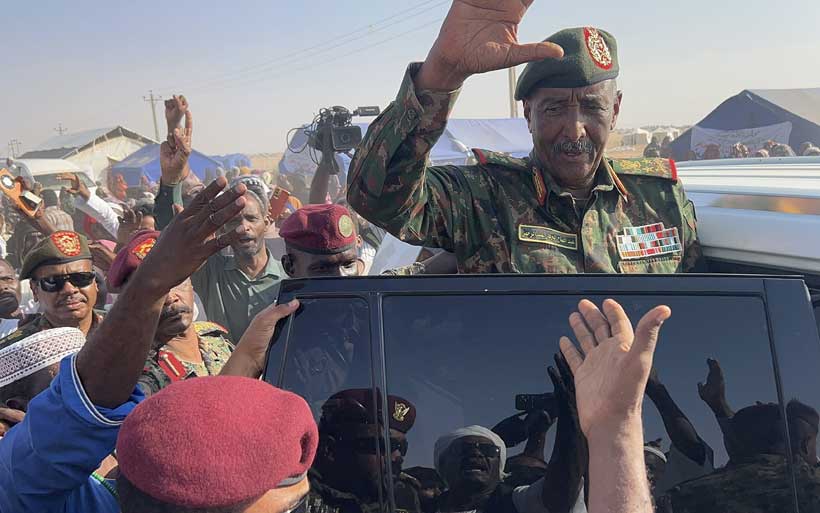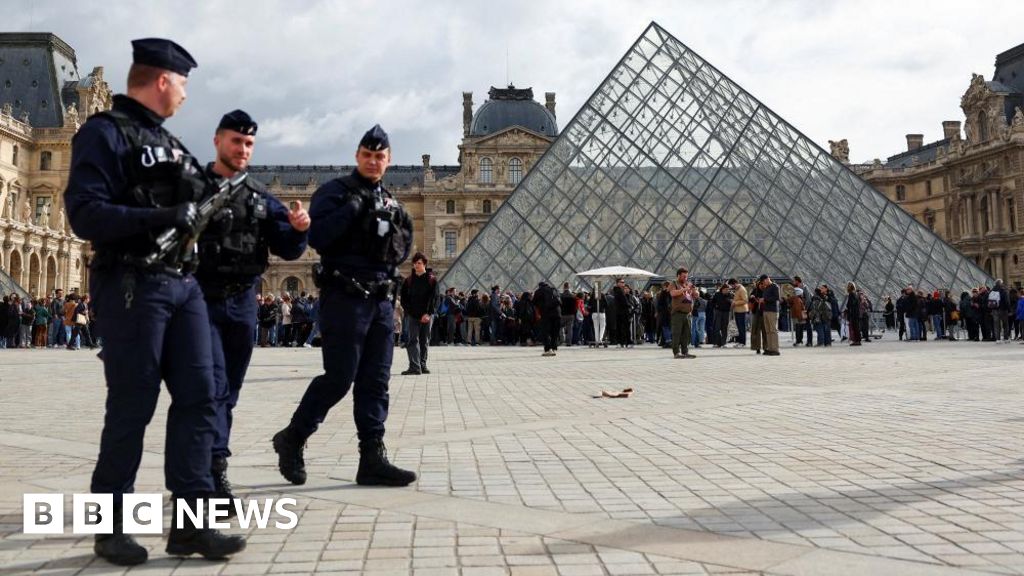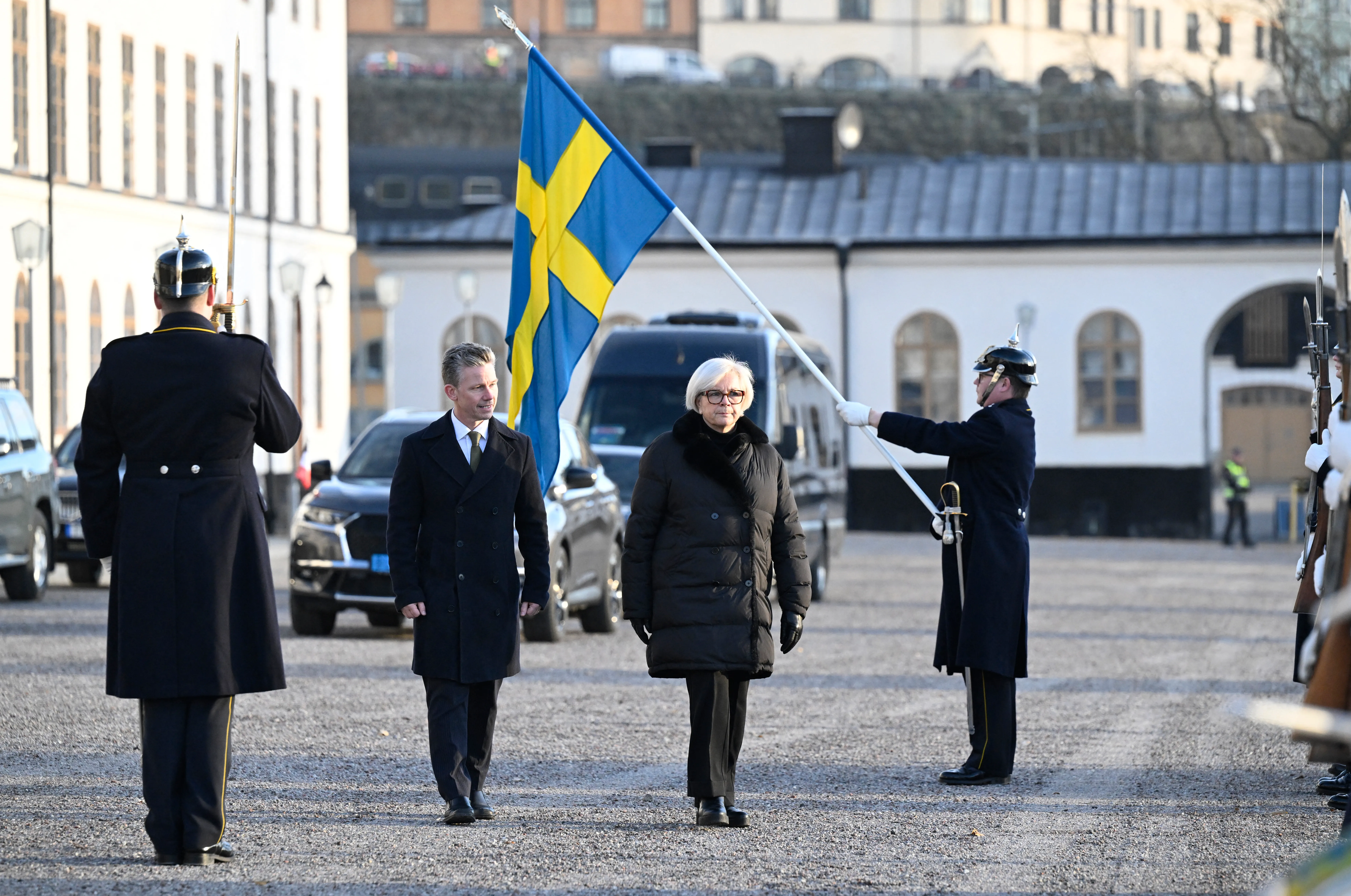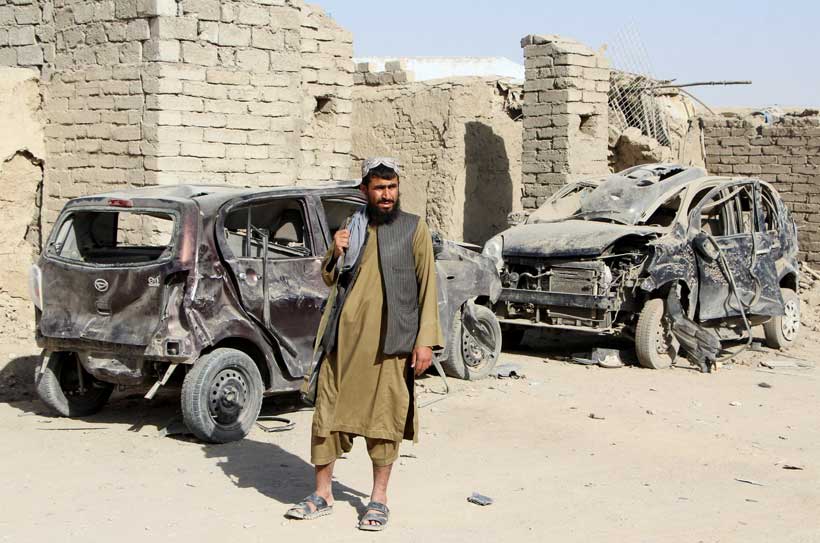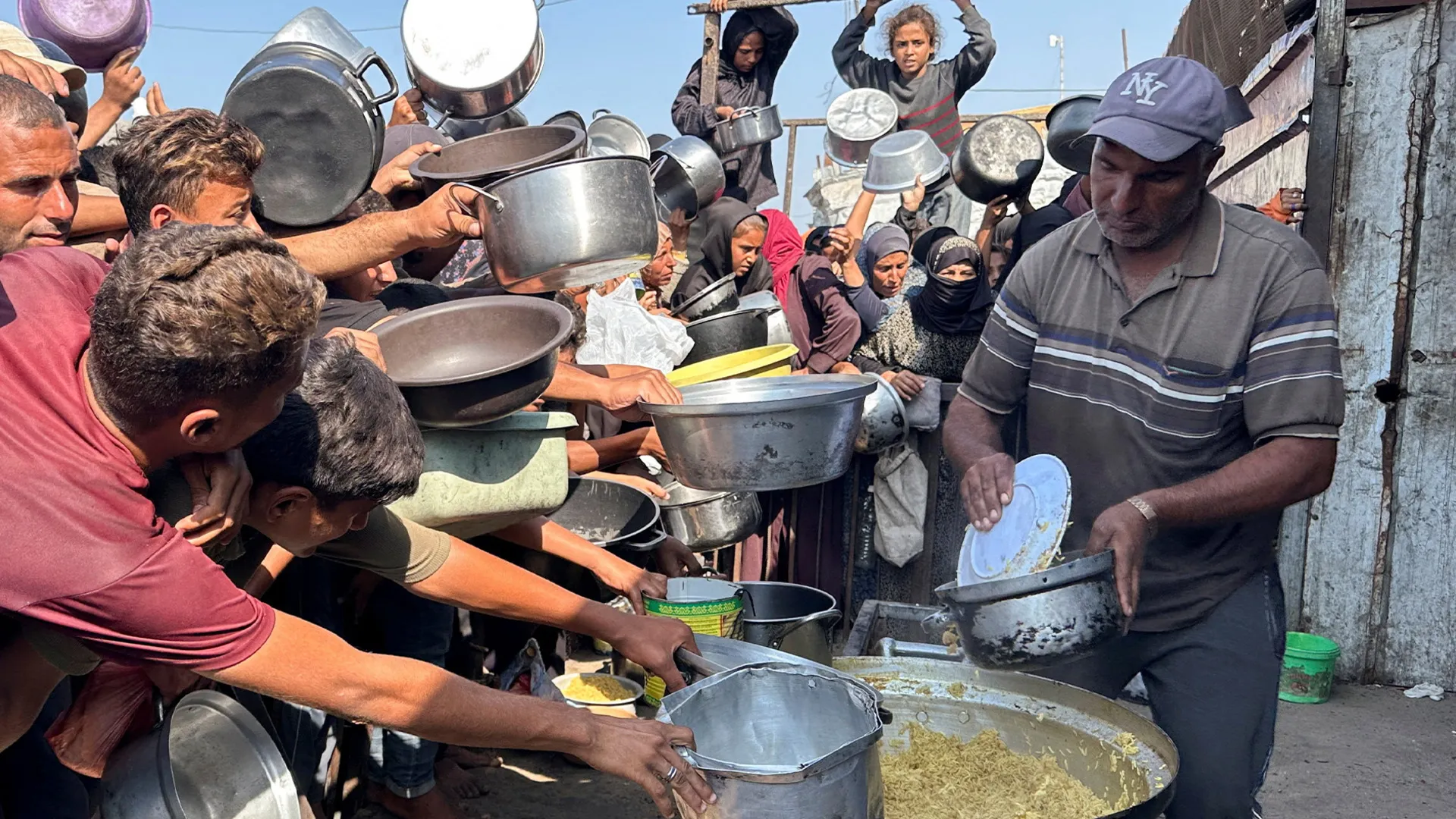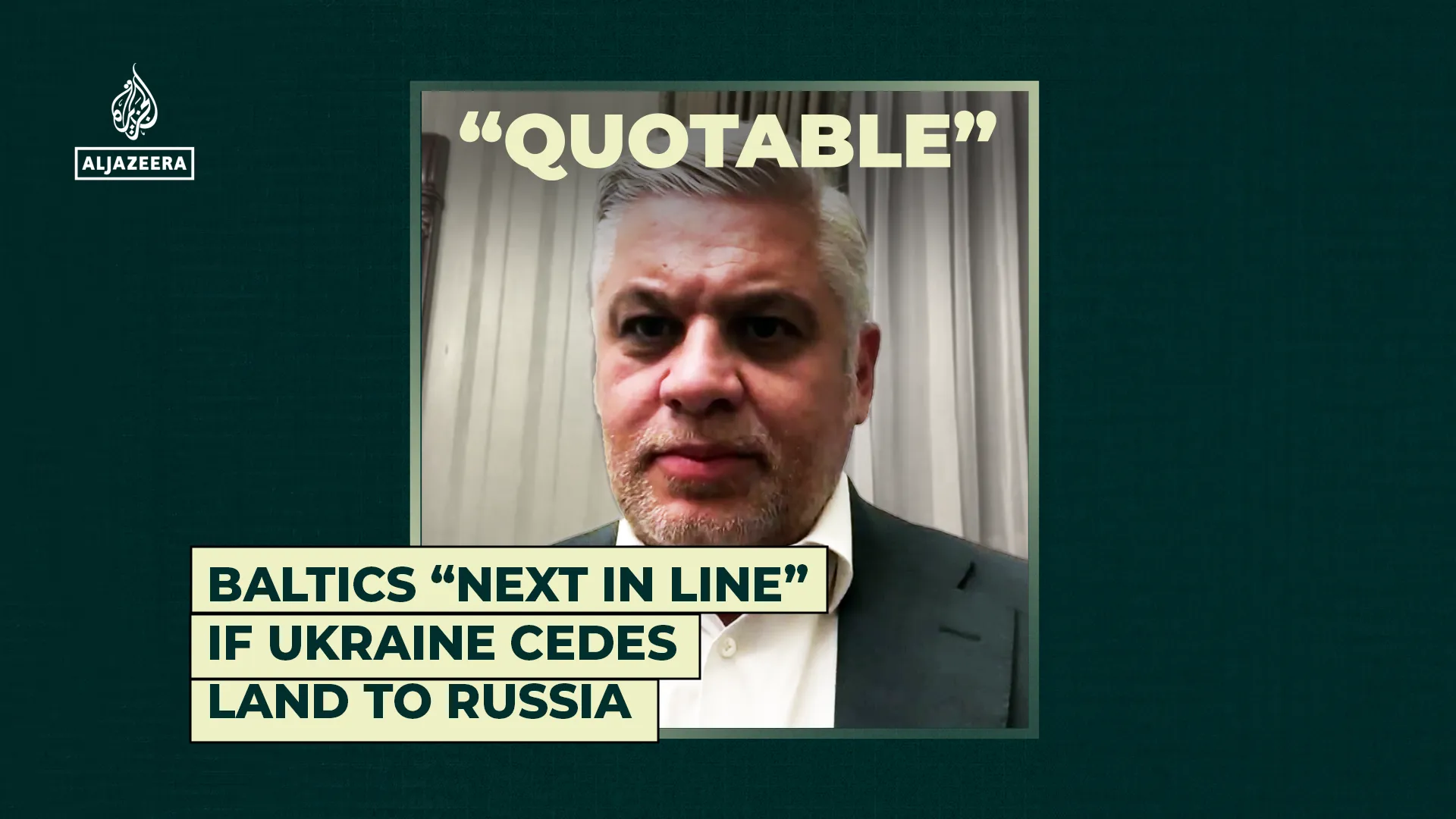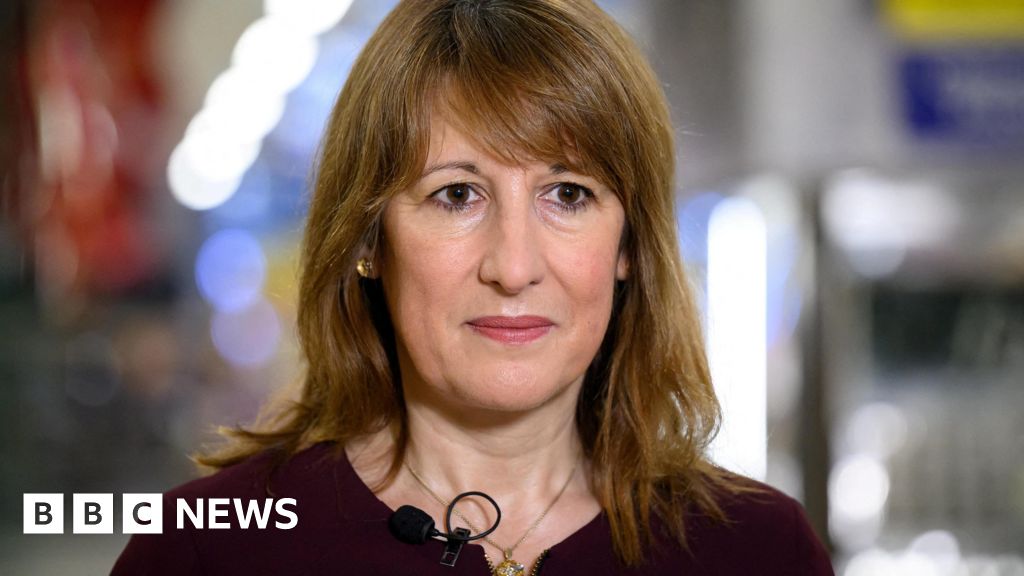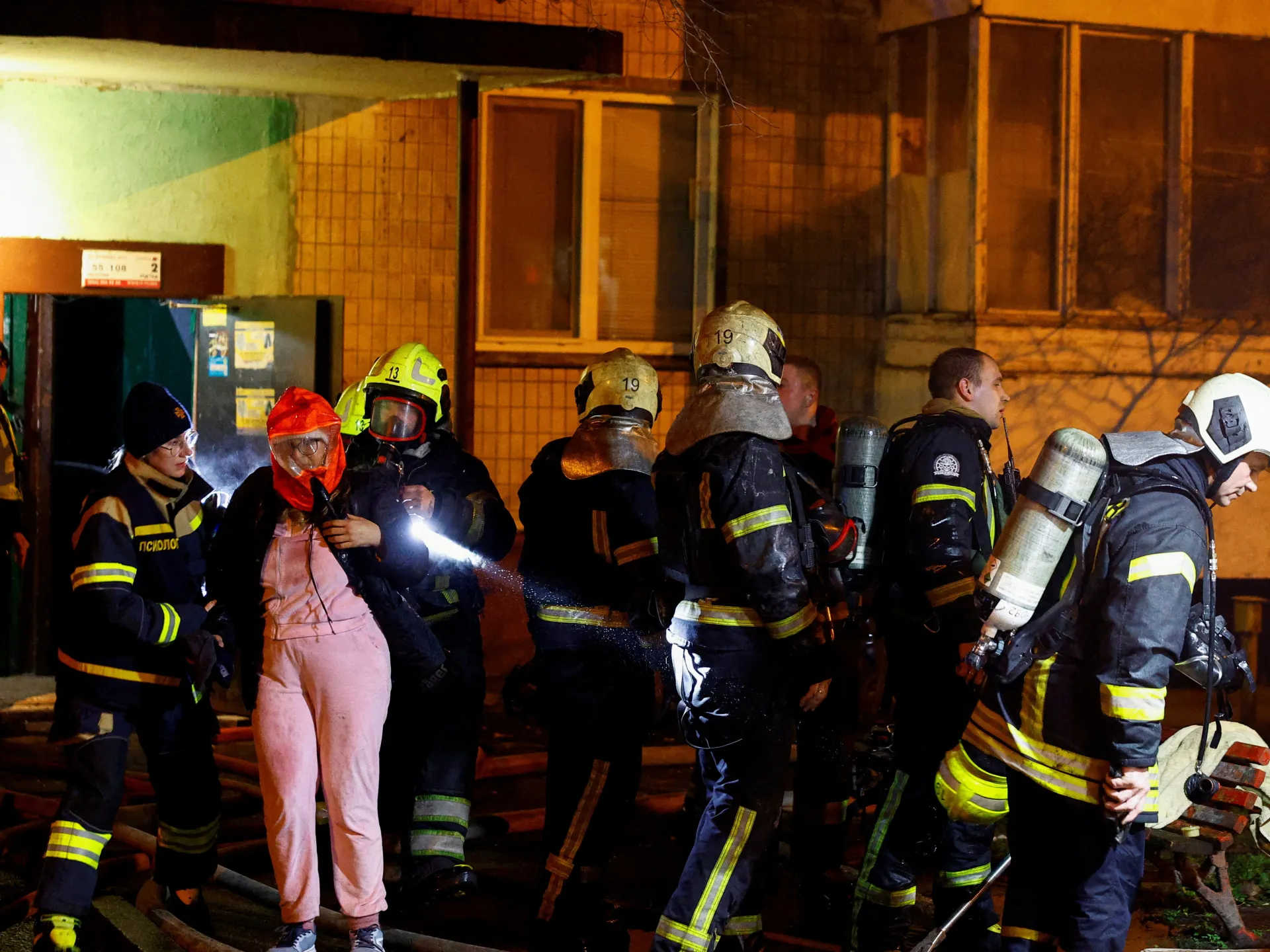The Microchip Cold War: The US-China Power Competition Over NVIDIA
US and China have long competed to become world powers, particularly in the technology sector. Since 2022, the US has systematically restricted the supply of high-performance NVIDIA chips to China. In today’s world, competition for power is no longer achieved through traditional means, such as military power. The US uses chips (semiconductors) as an instrument of political pressure. This policy is not just about economic or trade value, but has become part of technological statecraft designed to counter China’s military potential and its use of Artificial Intelligence (AI).
Semiconductors as a Provision of Power
The US policy of restricting high-end semiconductors to China shows a paradigm shift, chips (semiconductors) are not only industrial commodities, but have shifted to become a tool for achieving power. Export controls on high-performance chips and components that enable their production have been implemented by the Bureau of Industry and Security (BIS). These steps show that the US is restructuring the geopolitical arena of technology.
AI today relies heavily on chips that can process vast amounts of data. The US restricts the export of high-end chips, such as the NVIDIA H100 and A100. A country’s AI development capacity could be severely compromised without access to these chips. The H100 is more than just a technological component; it serves as a strategic enabler that determines a country’s ability to maintain military dominance.
NVIDIA and the Security Logic Behind Export Control
The Bureau of Industry and Security (BIS) on 2023 announcement expanded export oversight, not only targeting on specific chip models but also on component values, most notably in frontier algorithm development. The NVIDIA A100 and H100 are highly advanced datacenter and AI chips. The guidelines are particularly high for training complex AI models on supercomputers, even for military applications or demanding research.
To prevent misuse, the US government has implemented licensing requirements for chips like the A100 and H100 chips, which have put chips like the A300 and H800, made by NVIDIA, under increased scrutiny, despite being categorized as “weak service” chips. Export restrictions stem from concerns that NVIDIA GPUs could be used by China in training AI models related to the US military, not only to slow China’s technological progress but also to safeguard its own national interests.
The US understands very well that high-performance chips are “brain machines” that can accelerate the development of military superiority, intelligence analysis, and even autonomous systems. So it is very clear that limiting the capacity of computing and high-performance hardware is the way to go. To delay a rival’s capabilities without resorting to direct military confrontation. This is a concrete manifestation of the shift in the “battlefield” taking place in the technological and regulatory arenas.
Vulnerable Supply Chains and Dependence on Taiwan
In chip control, the US must recognize that there are undeniable realities. NVIDIA’s chip production goes through a fabrication process that is almost entirely carried out in Taiwan, a country that lies in the geopolitical conflict between Washington and Beijing. The Congressional Research Service (2024) shows that approximately 90% of global advanced semiconductor chip production is based in Taiwan, manufactured by the leading Taiwanese foundry, Taiwan Semiconductor Manufacturing Company Ltd. (TSMC). This creates a structural dependency that poses serious risks to US economic and technological security.
If semiconductor production were concentrated in a single region, it would create vulnerabilities that could destabilize the global technological system. Therefore, any tensions in the Taiwan Strait would disrupt US access to the computing infrastructure it maintains. Export restrictions are just one step in a much more complex strategy, requiring the US to diversify production locations and ensure that the chip supply chain is not concentrated in a single region.
Effectiveness and Adaptation Room for China
NVIDIA’s chip restrictions were intended to curb the pace of AI modernization in China, but China was still able to optimize the model’s efficiency. This demonstrates that limiting hardware performance doesn’t always equate to limiting innovation. On the other hand, unofficial market entities have emerged, allowing NVIDIA GPUs to remain accessible through third parties. This adaptation demonstrates that hardware control has limitations, especially when demand remains high and global distribution networks are not always transparent.
Looking at its overall effectiveness, US policy has been effective in slowing China’s computing capabilities, but it hasn’t stopped its strategic potential. Instead, it’s encouraging China to be self-sufficient in strengthening its technological foundation, even though the quality of local chips hasn’t yet matched NVIDA’s standards. In other words, restricting NVIDIA’s chip exports isn’t meant to end competition, but rather to transform it into a race toward technological independence. The policy’s effectiveness will only last as long as China finds a way to adapt, while China is working to fill that gap.
Policy Directions with Greater Strategic Opportunities
The effectiveness of the compute policy is based on a governance architecture that holds every allied country accountable to the same standards. Without a disciplined framework, export controls on China are merely an illusion that is easily penetrated by gaps in different economic and regulatory interests. By creating strategic alignment, which forces every democratic country to reduce the fragmentation of interests, it can open up greater policy opportunities to emerge. Many developing countries see this semiconductor race as a competition for dominance, not as an effort to maintain security.
In other words, a successful computing policy is not one that simply limits China’s space, but one that manages technological gaps without creating competing computing blocs. The geopolitical challenge is maintaining superiority without forcing the world into two technological divides that would be difficult to control. The US strategy to secure a leading position in future technologies requires flexibility in responding to global dynamics.
A Future Determined by Computational Capacity
The debate over NVIDIA chips demonstrates the growing integration of political and technological power. US policy aims not only to restrain the flow of strategic goods but also to build a new computing-based power architecture. However, this policy also presents challenges, including dependence on Taiwan, China’s flexibility, and economic pressure on US chip companies.
In a global world that continues to move toward an AI-driven economy, the future will be determined by who can manage geopolitical risks, understand supply chain dynamics, and design visionary policies. Ultimately, GPU regulation is no longer simply a matter of export control; it demonstrates how countries navigate a power struggle now measured in microchips.
















